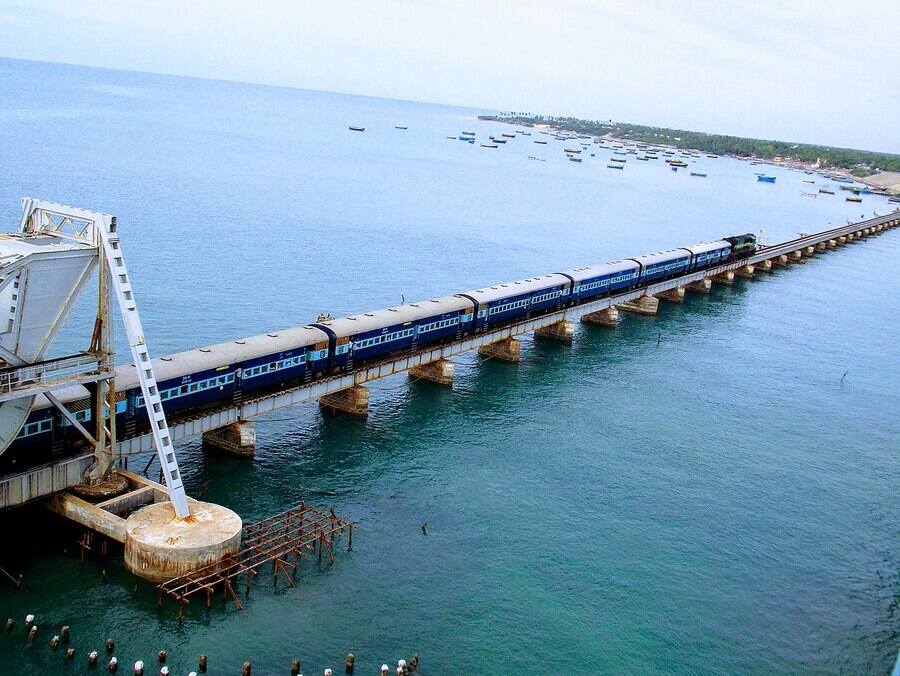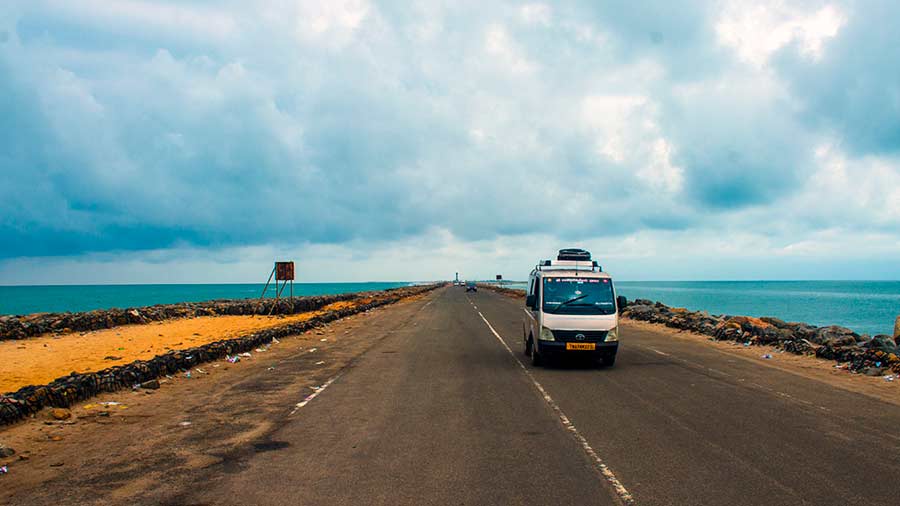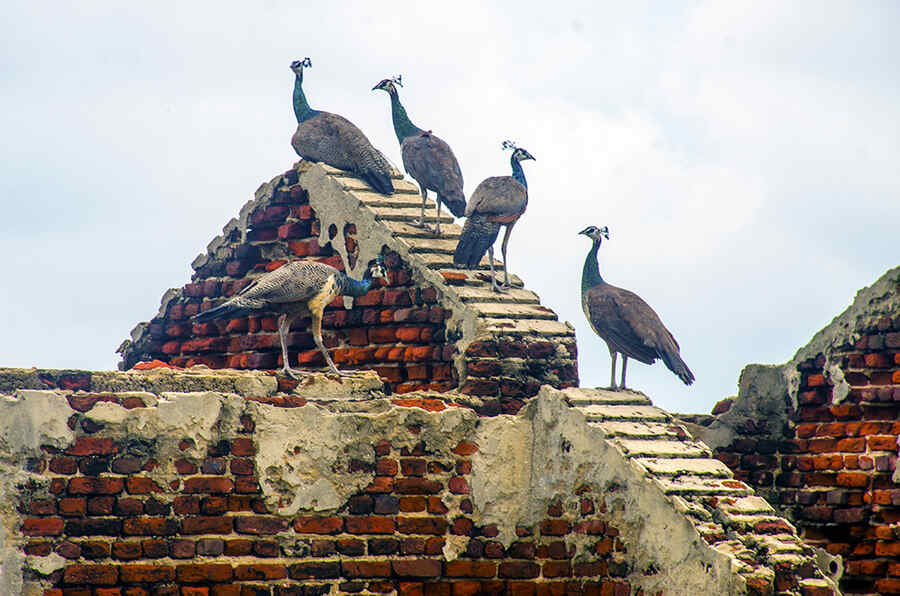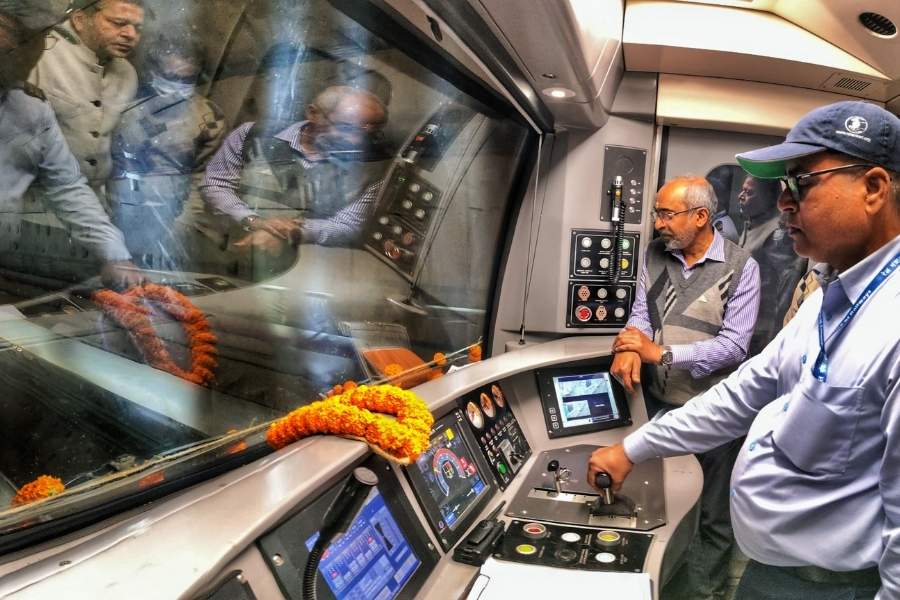
A single-ticket journey could once take you from Chennai (then Madras) to Colombo in Sri Lanka (then Ceylon) through a rail-and-ferry transport network known as the Indo-Ceylon Express or the Boat Mail Express. A train line connected Chennai to Dhanuskodi (in picture), followed by a 35km-long ferry ride to Talaimannar in Sri Lanka, and another train journey from Talaimannar to Colombo
Rangan Datta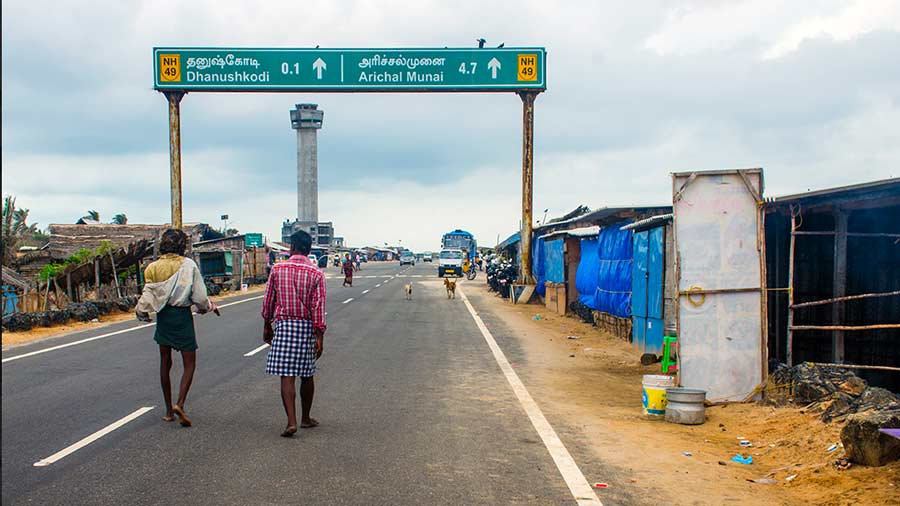
The route was operational for 50 years from 1914 to 1964, until a massive cyclone made landfall in Dhanuskodi in December, 1964. The seven-metre high tidal waves coming at 240kmph swept away the Pamban-Dhanuskodi passenger train making its way to Dhanuskodi Railway station, killing all 200 on board. A railway line still connects Dhanuskodi to mainland India but the cyclone changed it all
Rangan Datta
After the cyclone, the rail link to Dhanuskodi was stopped, so was the ferry service to Sri Lanka. The ferry continued to operate from Rameswaram until the early 1980s when it was discontinued due to the Sri Lankan civil war. The cyclone also forever changed this little town on Pamban Island at the edge of India. Dhanuskodi was declared unfit for living and was abandoned, and soon turned into a ghost town
Rangan Datta
Today, the town with its abandoned railway station and ruined church (in picture) is a prime tourist and pilgrimage destination, along with the nearby Rameswaram. Both Rameswaram and Dhanuskodi are located on Pamban Island, also known as Rameswaram Island, which is connected to mainland India by road and rail bridges
Rangan Datta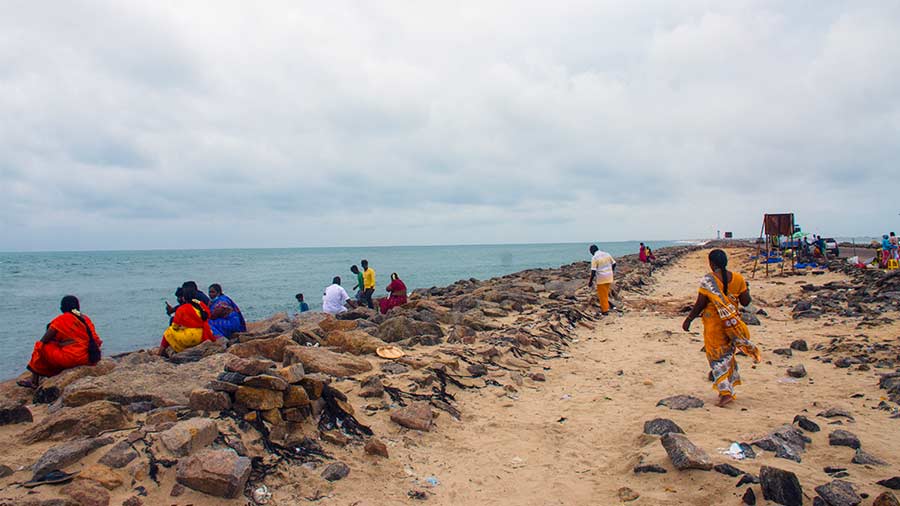
Like Rameswaram, Dhanuskodi finds a place in the tales from the Ramayana. It is believed that Ram instructed Hanuman to build the bridge to Lanka from here and ferried his army across to fight Ravana. On his victorious return, Ram broke the bridge by using his bow, hence the name Dhanuskodi, meaning ‘end of a bow’
Rangan Datta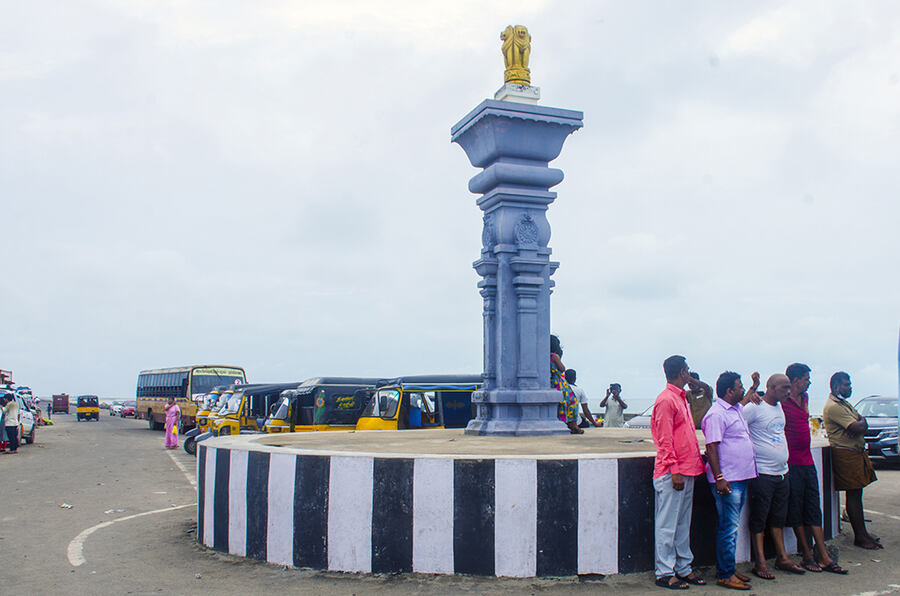
A road passing through town leads to this spot and about 35km away, across the Palk Strait is the Sri Lankan port town of Talaimannar. A traffic roundabout with the Ashokan capital marks the popular spot, where street-food stalls sell coconut water, fresh fruits and roasted corn. The beach is good for a sit down, but not for bathing
Rangan Datta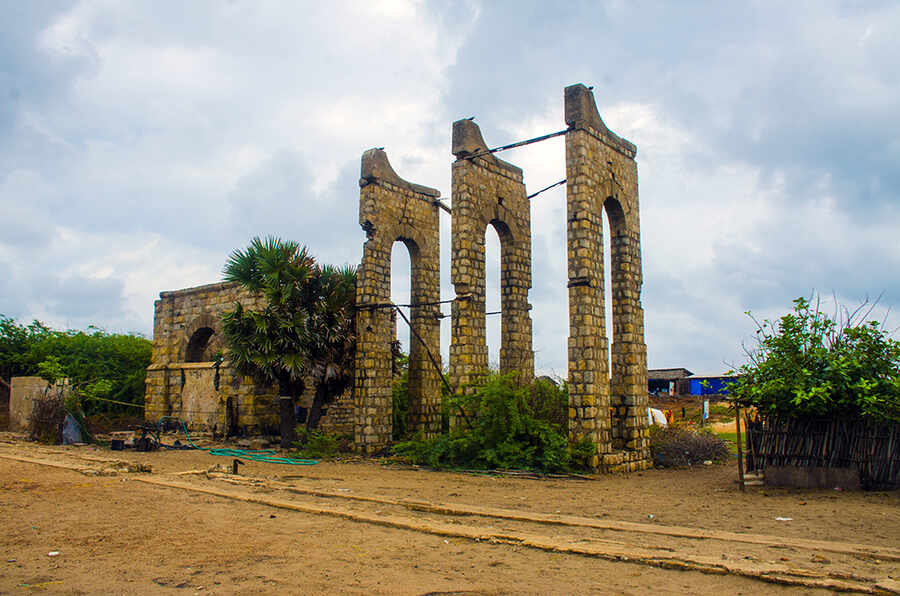
About 5km from Arichal Munai lie the ruins of the once flourishing port of Dhanuskodi, once a stopover for an international ferry. To the north is the old, abandoned railway station (in picture). Parts of the rail lines are buried deep in the sand and parts uprooted, and three tall arches are all that is left of the railway station
Rangan Datta